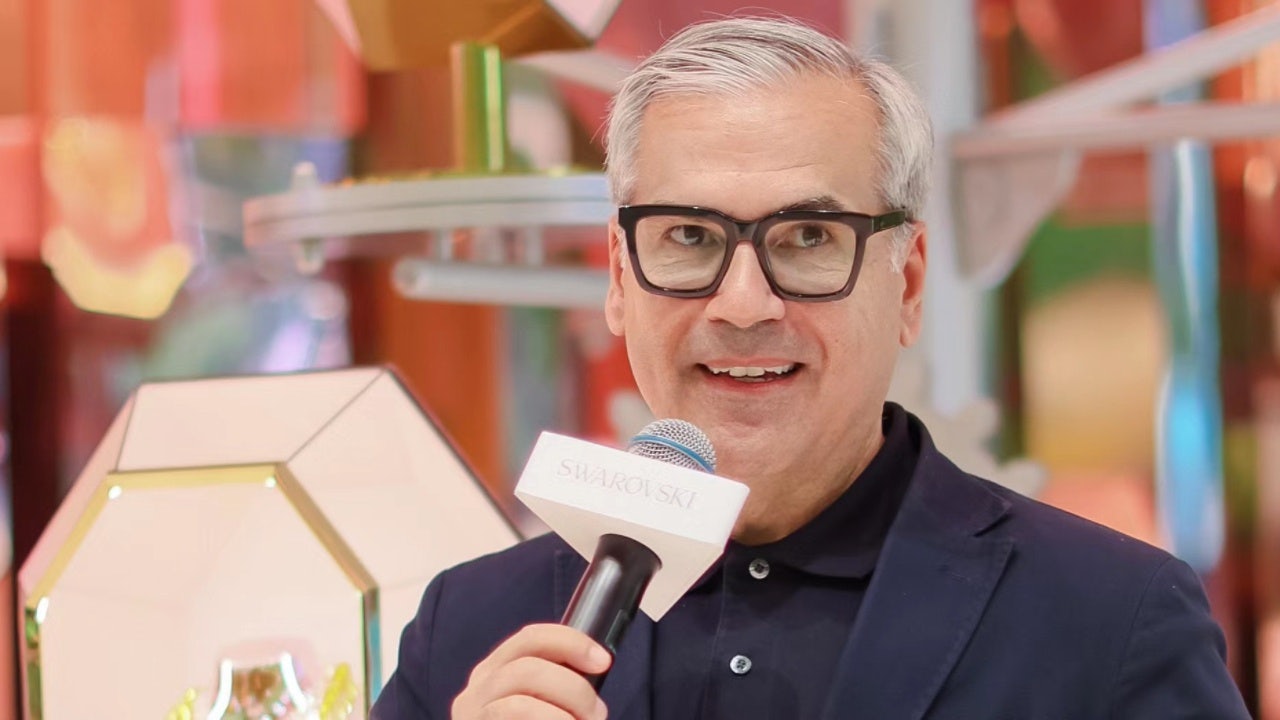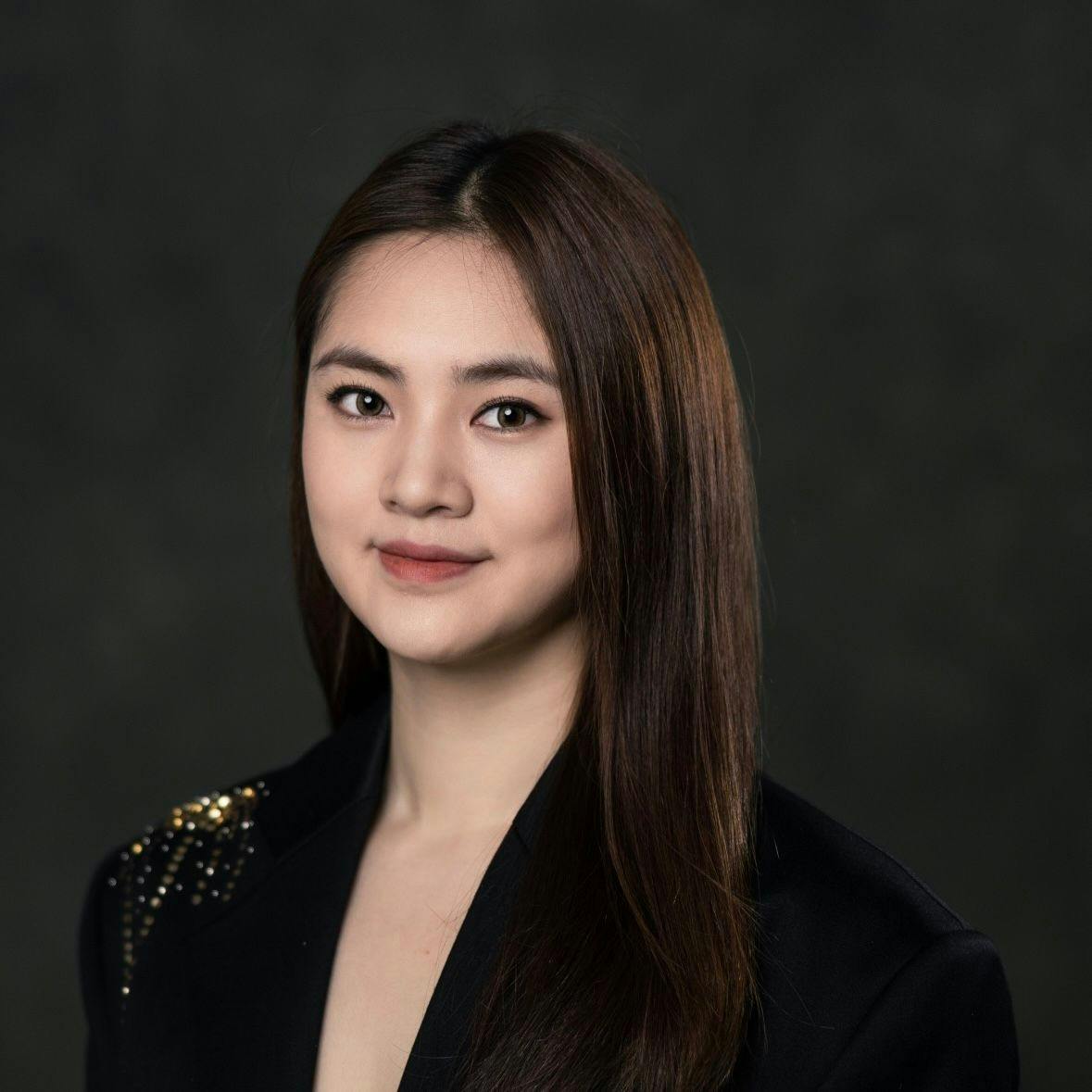Chinese consumers’ perceptions of Swarovski center on sparkling crystal creations, charming and elegant jewelry and watches. However, the crystal powerhouse is envisioning dynamic possibilities beyond these elements – its new LUXignite strategy reveals the company’s ambitions.
Encompassing a new collection of Swarovski Created Diamonds and curated shopping experiences designed to delight customers around the world, the fresh strategic direction helped propel sales to 1.83 billion euros ($1.99 billion) in 2022, an expansion of 10 percent year on year.
Looking forward with confidence, the company has made an encouraging start to 2023 in all the markets it operates, including China.
At this significant turning point, Swarovski’s CEO Alexis Nasard visited China in May, his first trip to the country since his appointment in July 2022. Jing Daily caught up with Nasard at the brand’s flagship store at Shanghai’s Hong Kong Plaza. Swarovski has been present in the Chinese market for more than three decades and developed extensive offline and online footprints there.
“We were one of the early brands to come and invest in China. In addition to the global strategy, we've done a lot of things to adapt, or offer to China,” says Nasard underlining the company’s commitment to the market.
So, against the backdrop of the ever-changing market, how will the crystal powerhouse implement its LUXignite strategy in China?
Crafting fun and self-expressive crystals with cultural relevance#
Swarovski now is demonstrating its savoir-faire with varied offerings, including jewelry, watches, accessories, crystal living, and the Swarovski Created Diamonds, to offer “joyful extravagance” experience.
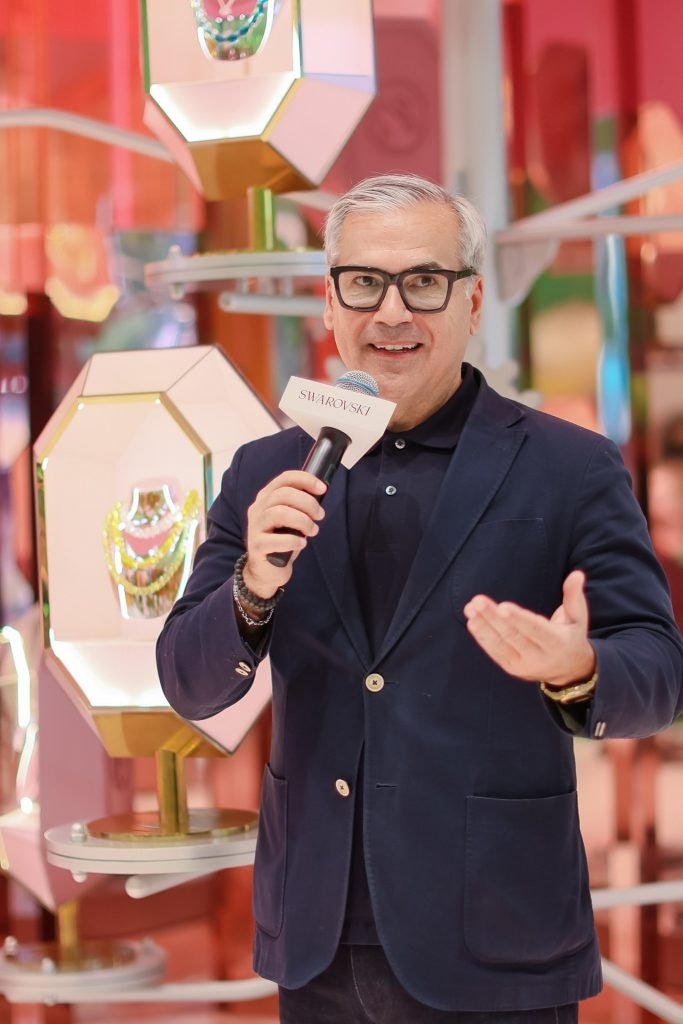
Products are at the core of the LUXignite strategy. As Nasard explains: “[The strategy] is product-led, customer-inspired, and culturally-relevant, because in the end, without an exciting, inspiring and balanced product collection, nothing matters.”
Innovation is another key pillar of Swarovski’s product strategy. Nasard says that the company’s innovation rate is 30 percent, “which means that at any point in time, 30 percent of the products you see in store have been around for less than a year.”
Swarovski’s collaborations with brands from various categories, such as Aquazzura, BMW, and EssilorLuxottica, also demonstrate the company’s dedication to innovation. “With our B2B partners, you can never recycle existing solutions because every design is unique at the end of the day,” says Nasard.
Swarovski’s cultural relevance has also enabled it to appeal to local crystal enthusiasts. The brand has nurtured its acumen in Chinese culture: Dellium collection draws inspirations from bamboo, a symbol of well-wishes and resilience; Cariti is inspired by red beans, an expression of love and fidelity. The brand again manifested its agility in celebration of 2023 Chinese New Year, through a refreshed Iconic Swan Collection with two facets and bold new colorways, as well as the Zodiac Rabbit collection. These playful approaches to traditional Chinese culture resonate with today’s sophisticated shoppers who are culturally confident, and solidify what Nasard describes as Swarovski’s status as “a cultural protagonist that provides unique, creative solutions.”
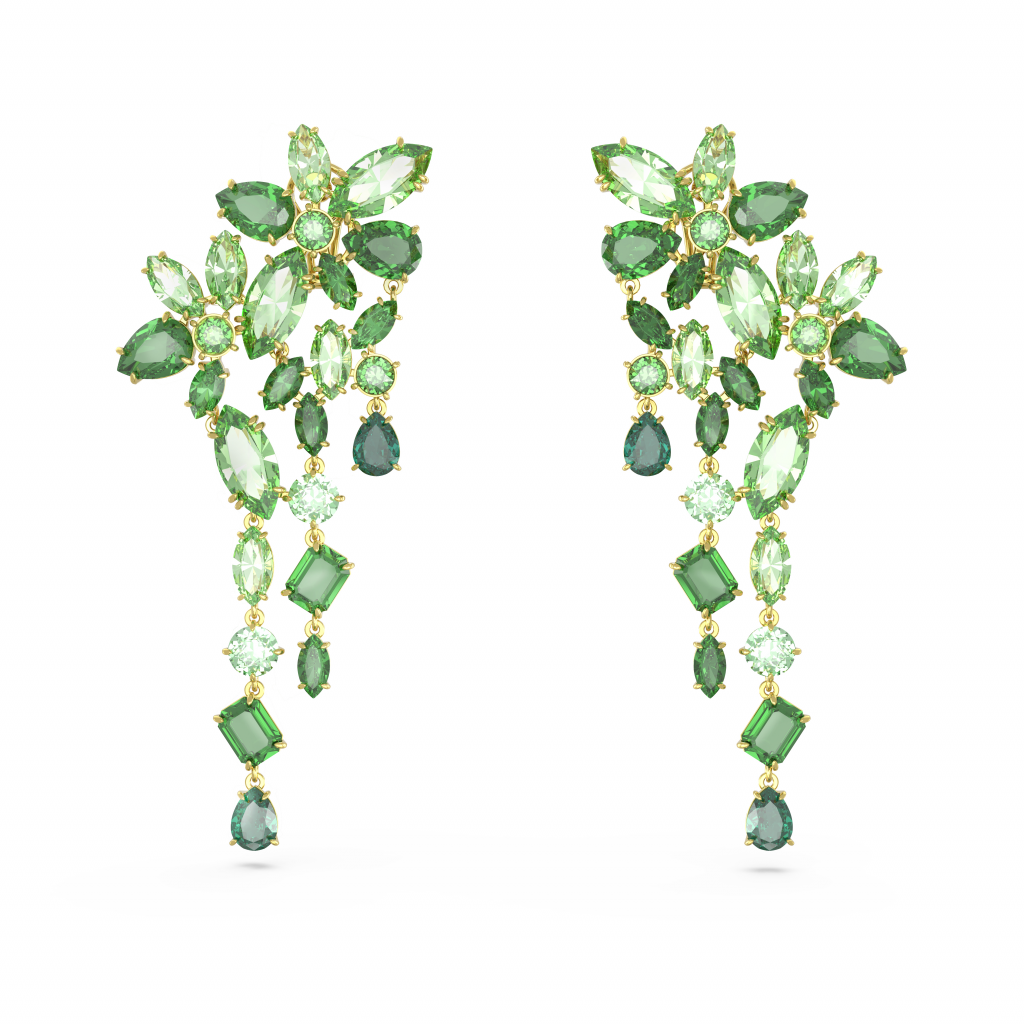
Nasard highlights the importance of understanding local consumers, especially through listening to sales associates, “who are at the forefront of the evolution of our customer and of society,” and then translating this understanding into brand-specific creativity.
“Our role as a luxury brand is not to give the customer what she wants, but to make her want what we make,” he says.
Expanding retail footprint with new store concepts#
In addition to exquisite savoir-faire and unrivaled creativity, Swarovski’s up-to-date understanding of the retail landscape allows it to cleverly navigate the Chinese market. Despite the challenges that arose during the pandemic, the company managed to renovate its stores.
In June 2022, an offline Swarovski store featuring new retail concept debuted in Haikou, and the label’s experiential retail model arrived in Macau and Chongqing in July and September, respectively. The three stores saw offline traffic and sales improve significantly thanks to positive customer feedback. The company is also helping distributors in upgrading store experiences.
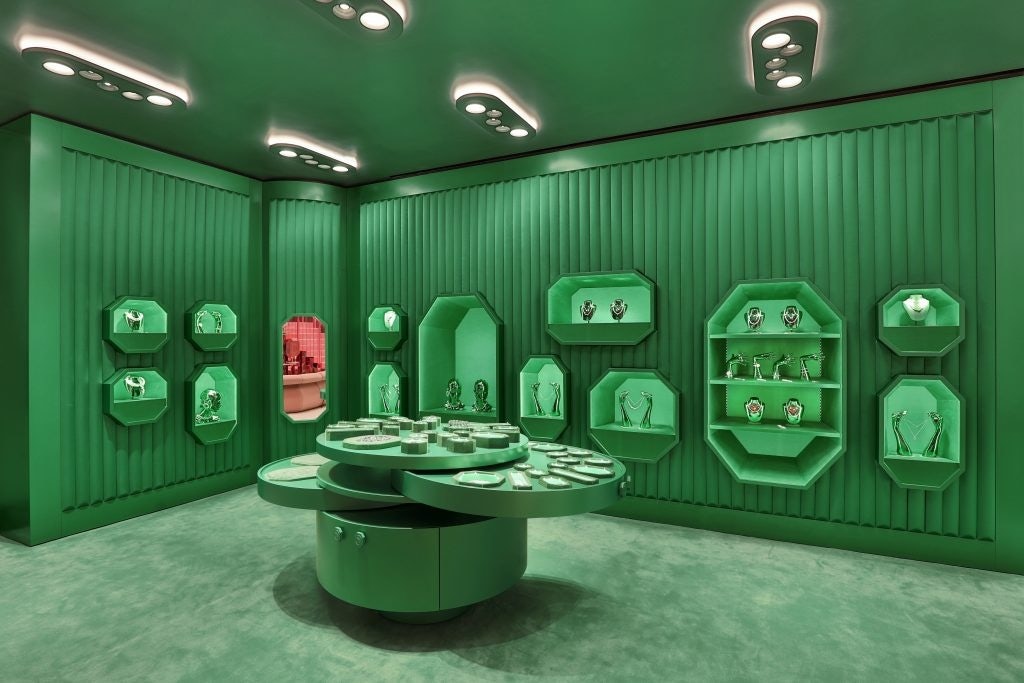
After China relaxed its Covid-19 restrictions in 2023, the country’s economy rebounded faster than expected, surpassing growth estimates for the first quarter of the year. China’s retail sales rose 10.6 percent in March, representing the biggest jump in almost two years and more than double forecasted growth.
“We have seen an aggressive return to the stores by customers, after the reopening,” says Nasard.
Swarovski will refurbish 70 percent of its store network with its new WonderLux and WonderColor retail concepts by the end of 2023. “We had anticipated that there would be a steady rate of new store openings in China this year,” says Nasard.
A bright future in China#
Swarovski’s ambitions for China interlink with its long-term commitment to the market.
For instance, the company participated in China International Import Expo (CIIE) for three consecutive years from 2020.
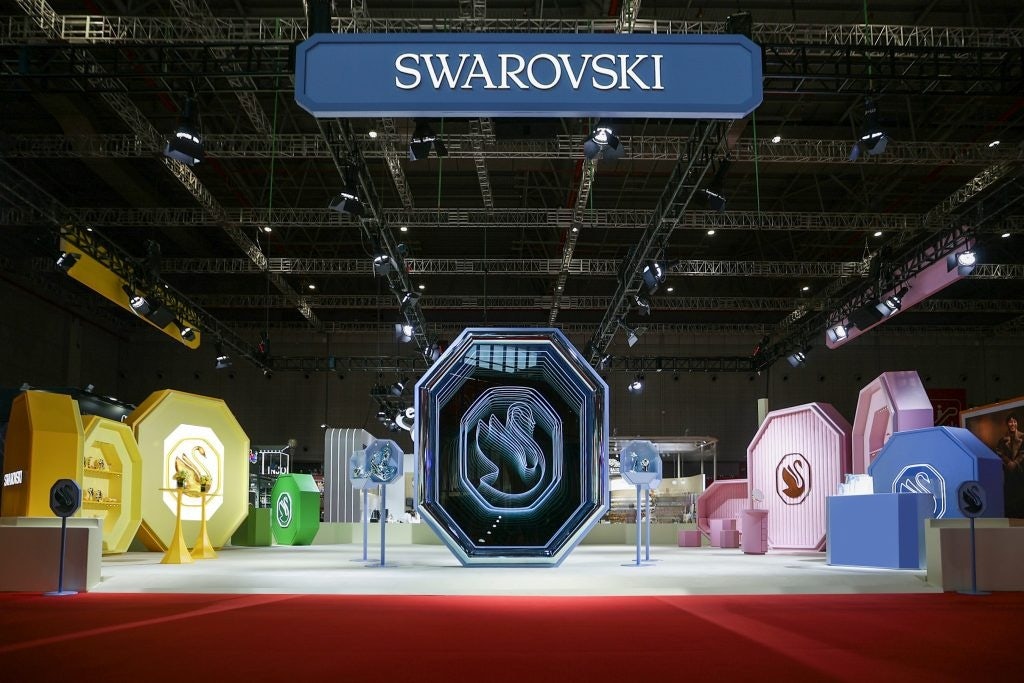
Looking ahead, Nasard is optimistic about China. “It's too early to celebrate anything, but the business is coming back strongly.” he says.
Bain & Company forecasts that luxury sales in China could return to 2021’s levels by mid-2023 and points out “Differences between the Chinese and global luxury markets will widen, especially around digitalization, the retail environment, cultural references, and relationships with brands.”
Nasard has been mindful of these nuances. “I'm pretty convinced that the Chinese customer will increasingly seek real value from the brands that they choose,” he says. “And the winners will be those who are able to capture this value.”
Swarovski is keen on offering superlative value to Chinese consumers through a combination of luxury fundamentals, its Austrian heritage, craftsmanship, innovation, quality, and what Nasard calls “human proximity,” which includes plenty of distribution points, in-store service, and localized marketing tactics.
